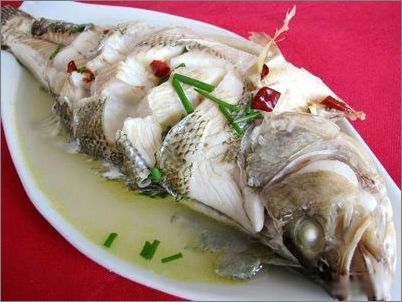What do infants and young children add to DHA?
When it comes to DHA, many parents are not unfamiliar. In TV commercials, you will see that many product introductions will talk about DHA. So, what role does DHA play in the growth and development of preschool children? How do you supplement your child with DHA? The following Xiao Bian will introduce you one by one.
The role of baby supplement DHA
DHA is crucial to the growth and development of the brain: The human brain has about 101.1 billion neurons, which is the basis for the brain's complex functions and wisdom. Brain development requires complex processes such as cell proliferation, differentiation, migration, death, synapse formation and modification, and nutrients and energy are the material basis for brain development. 0 to 6 years old is a critical period of human brain development. DHA
It is an essential micronutrient for fetal and child brain development. DHA can promote the formation of neural networks, accelerate the release and transmission of information from neurotransmitters, and can play a significant role in repairing injured brain cells. It plays an important role in children's brain development and function. It is no wonder that ordinary people call the DHA "brain gold."
DHA plays an important role in visual development: 60% of the information obtained by the human brain comes from vision. Therefore, the visual function directly affects children's reaction ability, spatial perception, and perception speed. DHA is an important component of the retina. When DHA is absent, the visual function is impaired. The visual acuity develops slowly, and the fixation time for light signal stimulation is prolonged, which affects the baby's ability to respond and observe.
The important role of DHA in intelligent development of children: Children's intelligence includes observation, memory, thinking, imagination and creativity. 0 to 6 years old is a critical period for the intelligent development of children. Studies have shown that children who supplemented DHA during this period have significantly improved their cognitive, language, and motor skills compared to other children.
DHA and Attention Deficit Hyperactivity Disorder (ADHD): Hyperactivity disorder is a behavioral disease in school-age children. Children with ADHD often have behavioral problems such as distraction, hyperactivity, and impulsivity during learning. Foreign scholars have found that DHA/ARA in children with ADHD
Levels are lower than normal children; and some children with DHA/ARA deficiency often have symptoms of ADHD.
So, what food does your baby need to supplement DHA?
What does it take for baby to eat DHA?
Breast milk: The content of DHA in colostrum is particularly rich. However, the content of DHA in mother's milk depends on the food structure of three meals. Japan’s mothers eat more fish, with a DHA content of 22% in milk, ranking first in the world; followed by Australia, about 10%; and the United States, with a minimum of 7%.
Formula milk powder: refers to formula milk powder supplemented with DHA.

Fish: Fish with a high DHA content include salmon, mackerel, mackerel, mackerel, sardines, mackerel, swordfish, tuna, yellow croaker, Pacific saury, mackerel, octopus, and flower eel, every 100 g. The DHA content in fish can reach more than 1000 mg. For a certain type of fish, the high content of DHA is also the first to promote orbital fat, followed by fish oil.
Dried fruits: such as walnuts, almonds, peanuts, sesame and so on. The alpha-linolenic acid contained therein can be converted into DHA in the human body.
DHA products: There are two kinds on the market: one is extracted from deep-sea fish oil and the other is extracted from algae.
Parents need to be scientific in order to supplement their children with DHA so that they do not experience side effects.
Food additives are compounds or natural substances added to food for the purpose of improving the color, aroma, and taste of food, as well as for the needs of anti-corrosion and processing technology. At present, there are 23 categories of food additives, with more than 2,000 varieties, including acidity regulators, anticaking agents, defoamers, antioxidants, bleaching agents, leavening agents, coloring agents, color retention agents, enzyme preparations, and flavor enhancers, nutritional fortifiers, preservatives, Sweeteners, thickeners, spices, etc.
Erythritol, Sweetener, Pigment, XOS , Carotene, fish oil
Xi'an Gawen Biotechnology Co., Ltd , https://www.ahualynbio.com